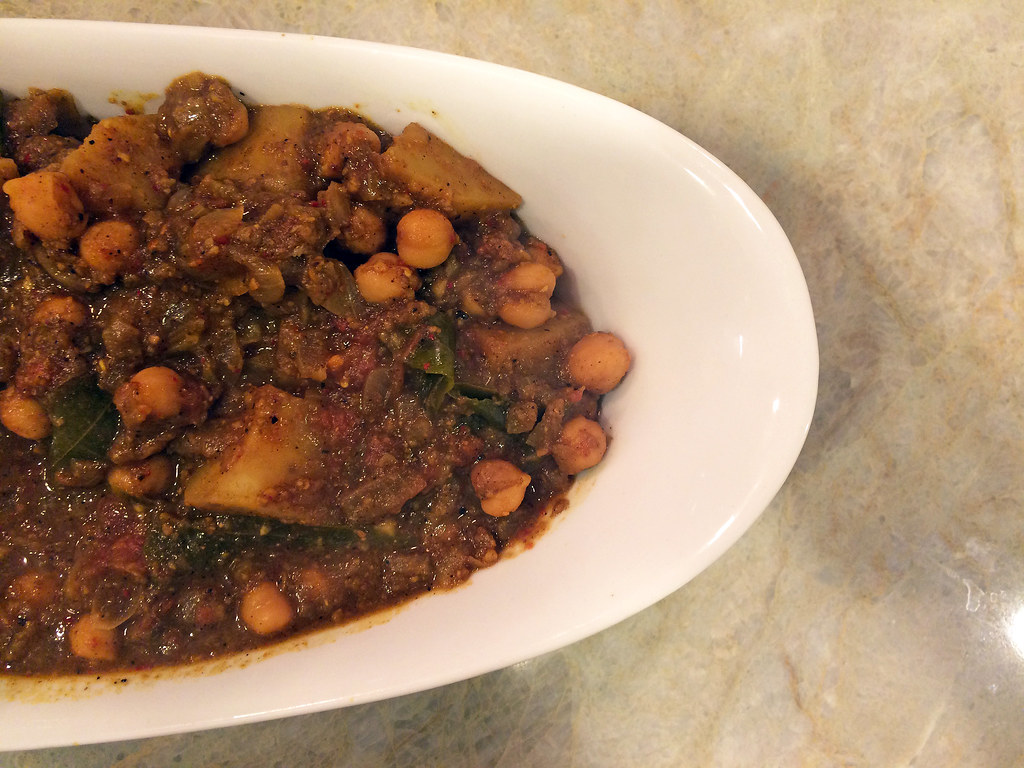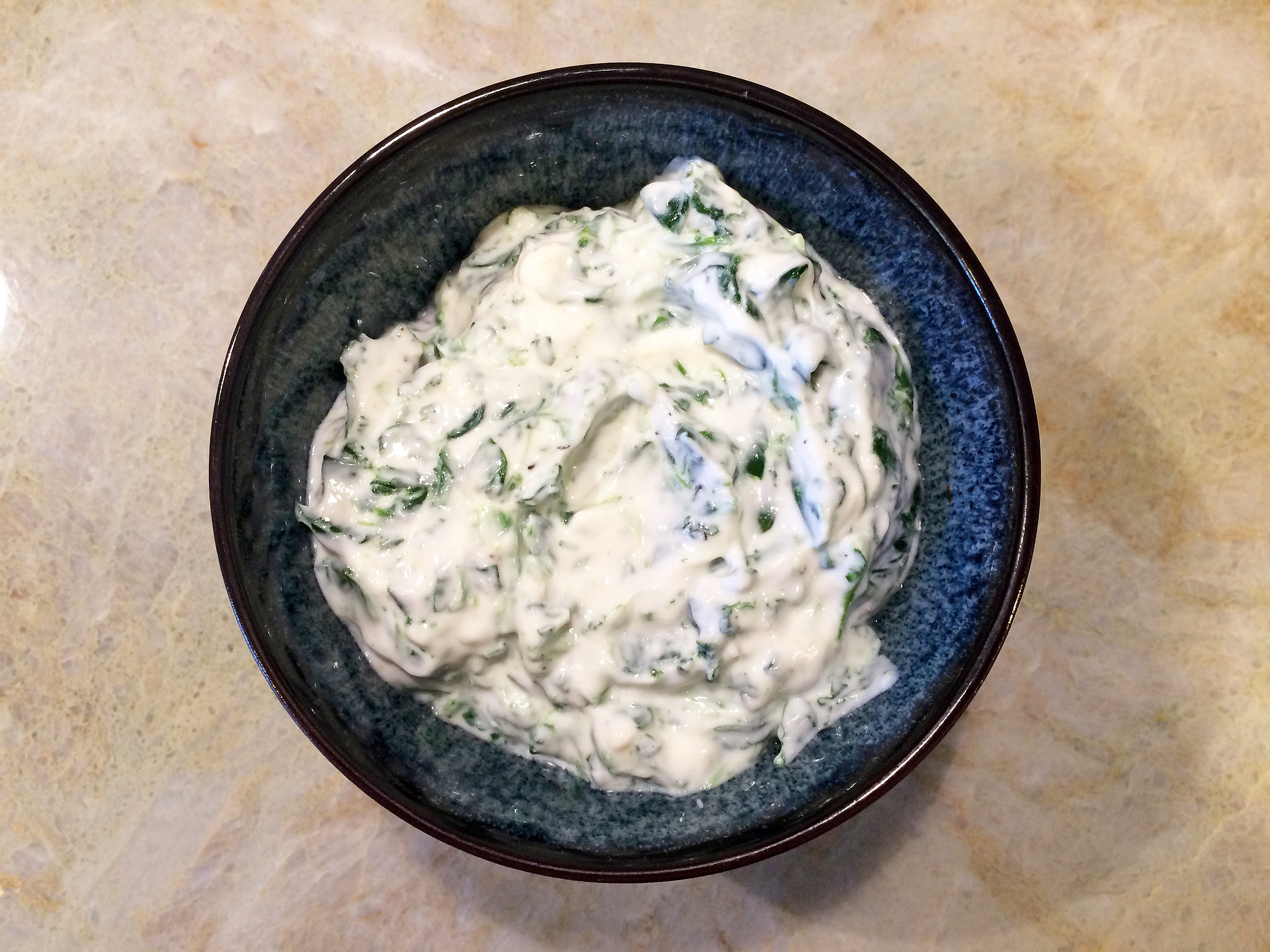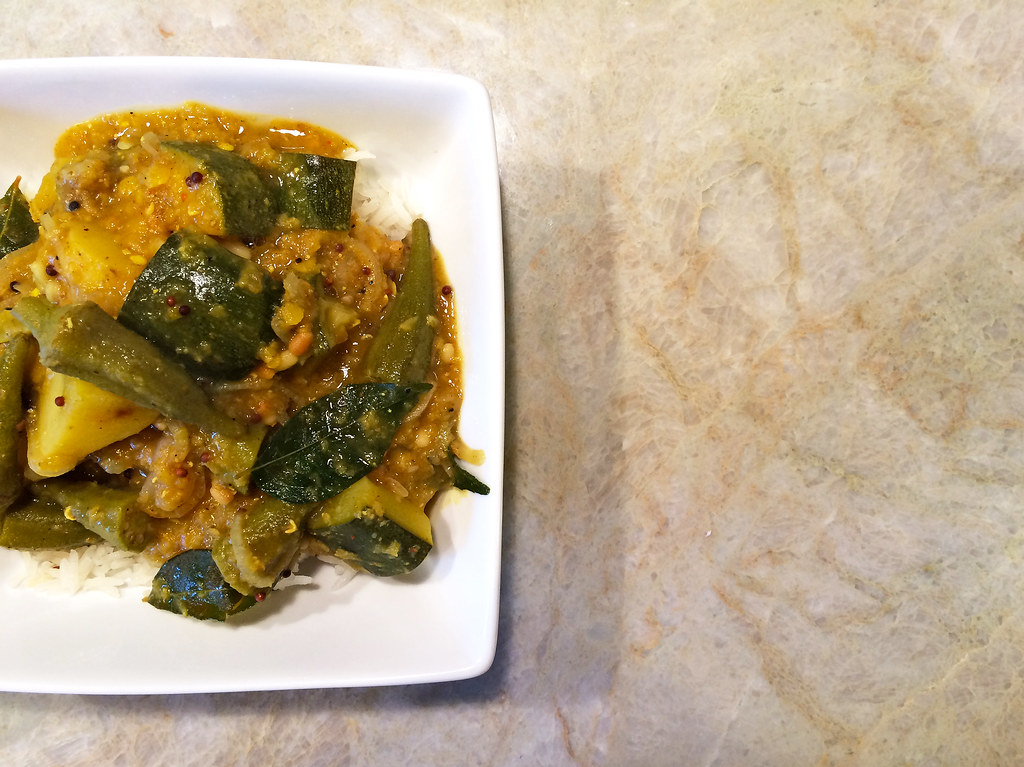This recipe is greater than the sum of its parts. With only seven ingredients, it’s easy to overlook, but don’t be fooled. One spoonful of adasi and I’m instantly transported back to my childhood summer visits to Tehran. I can almost taste the freshly-picked and hand-dried angelica seeds and the bright, tart Persian limes that are so difficult to come by in the U.S.
I’ve substituted Meyer lemons here but the golpar, or angelica powder is essential to this hearty soup. You can find angelica powder at Iranian and some Middle Eastern grocers.
After the gluttony of the holidays, adassi is simple, comforting, and exactly what I’m craving in the new year.
Ingredients:
2 cups lentils, cleaned and washed
2 onions, peeled and thinly sliced
2 cloves garlic, peeled and thinly sliced
3 tablespoons olive oil
1 teaspoon salt, plus more to taste
1/2 teaspoon pepper
1 tablespoon angelica powder
1 lime, halved
1. Place lentils in a saucepan and add 6 cups of water and 1 teaspoon salt. Bring to a boil. Cover and cook over medium heat for about 1 1/2 hours, stirring occasionally; adding more water if needed.
2. In a skillet, fry the onion and garlic in olive oil until golden brown. Add it to the lentils, season with salt and pepper, and let simmer over low heat for another 45 minutes.
3. Add angelica powder and lime juice to taste and remove from heat. Serve hot.





